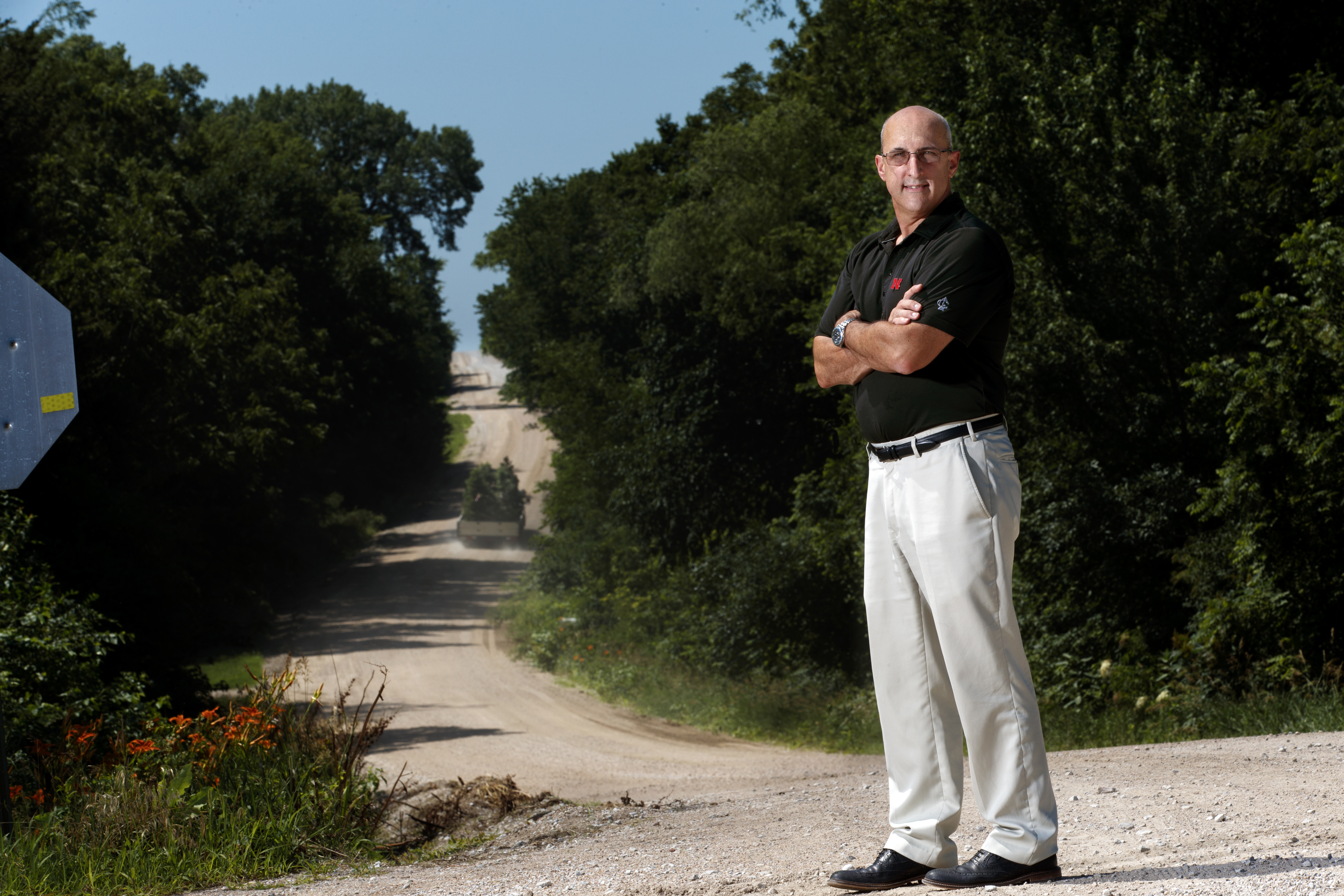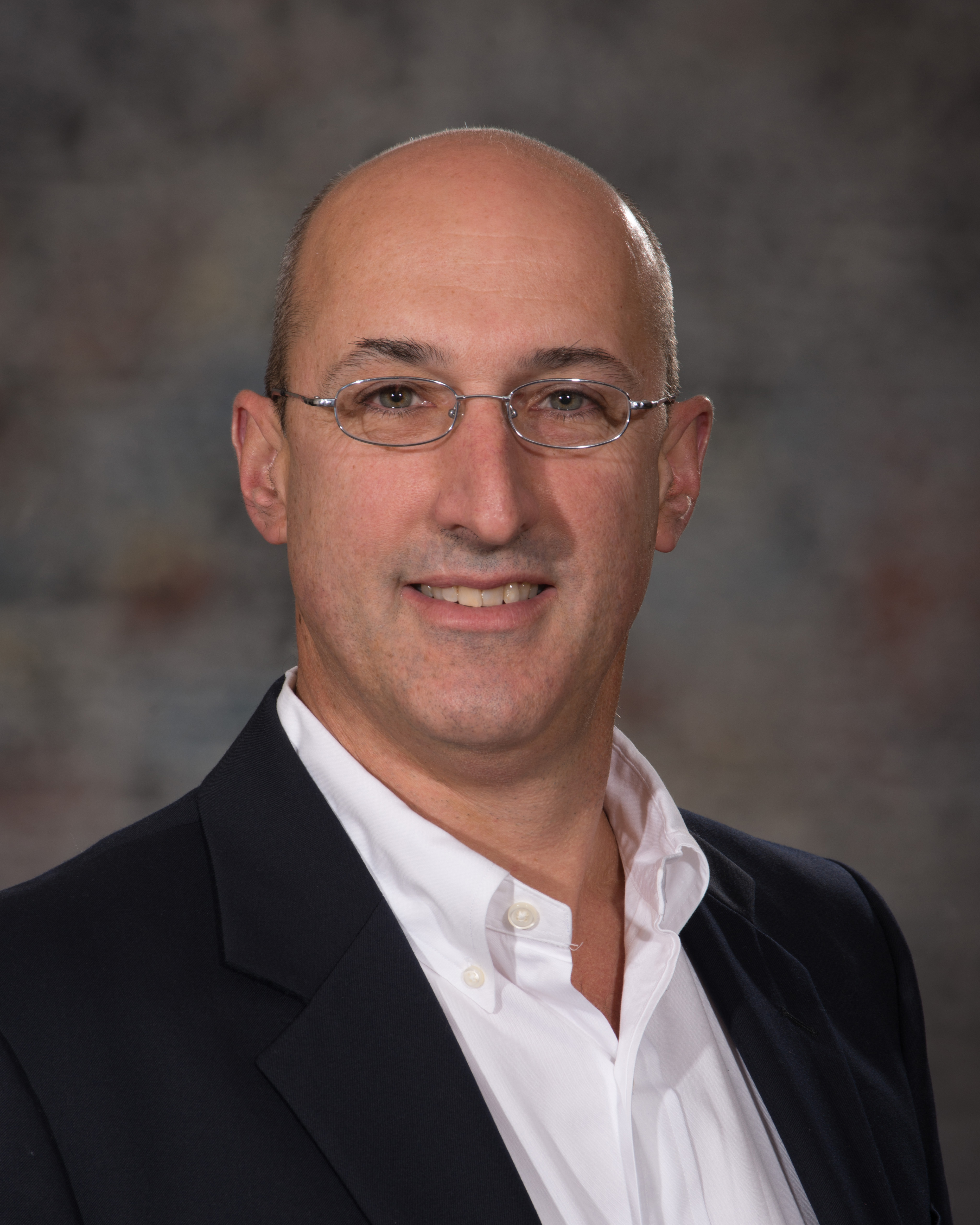
The University of Nebraska–Lincoln has earned an $11.85 million grant from the National Institutes of Health to establish a research center focused on understanding and addressing drug addiction in the rural Midwest.
The five-year grant from NIH’s Centers of Biomedical Research Excellence, or COBRE, will support Nebraska’s multidisciplinary Rural Drug Addiction Research Center. The COBRE program funds health-related research and fosters faculty development and research infrastructure.
RDAR will conduct cutting-edge research into understanding the extent and nature of rural addiction, develop evidence-based treatment methods, and support outreach and policy efforts to help reduce addiction and overdoses.
“The patterns of drug use addiction in the Midwest are so different from those on either coast or in Appalachia,” said center director Kirk Dombrowski, John Bruhn Professor of sociology. “This will be the only major research center in the country that focuses specifically on rural drug use in the Midwest.”
Unlike other regions, Midwestern drug users tend to take more than one type of drug, such as opioids, methamphetamines and alcohol, a pattern of polysubstance abuse that complicates prevention and treatment and is much less studied.
To better understand the region’s drug use, the center will establish the Longitudinal Network Core Facility, which will conduct a continuous, long-term study of a cohort of rural drug users. This valuable research tool will be the only longitudinal drug use study outside of Appalachia. As part of the grant, NIH has issued a certificate of confidentiality to protect the participants’ identities.
The facility will use pioneering cellphone survey software developed at the university called Open Dynamic Interaction Network software, or ODIN. The software uses GPS and artificial intelligence to tailor study participants’ questions based on responses and proximity to other users or known drug locations, providing much more data. Developed by Dombrowski, Nebraska sociologist Bilal Khan and other researchers, ODIN is undergoing pilot testing throughout Nebraska.
The center will support a wide range of research, such as the neuroscience of polysubstance addiction, cognitive implications of long-term use, and the social relationships between rural drug use and violence exposure. Research also will focus on finding effective intervention techniques attuned to the region’s specific conditions. Center activities will include providing pilot project funding, hiring new faculty and mentoring early career faculty and students.
In October, the center will host the first National Rural Addiction Research Symposium, a two-day conference that will bring the nation’s experts to Nebraska to discuss advancing research. The symposium is expected to become an annual event.
Another key RDAR goal is to promote outreach and education. Center faculty, in collaboration with the University of Nebraska Medical Center, will establish a second core facility to transform research results into practical applications by developing outreach programs and disseminating information to local practitioners, service organizations and state policymakers.
“Drug addiction has devastating effects and with the overdose rate increasing in this region — particularly in rural settings — our ability to conduct this research is critical,” Chancellor Ronnie Green said. “The University of Nebraska is uniquely positioned to lead the way in improving the health and well-being of so many in the Midwest and beyond by bringing together into the Rural Drug Addiction Research Center world-leading faculty from multiple disciplines and expert in-state collaborators.”
The overdose rate in the Midwest continues to grow even as the rate in the rest of the nation plateaus or decreases. Dombrowski said the difference is due, in part, to the region’s lack of available treatment options. In Nebraska, someone seeking treatment typically waits three months to more than a year, one of the worst delays in the nation and a major factor in the overdose crisis.
“Better understanding the actual psychopathology and biochemistry of addiction can help us understand other kinds of treatment options that may be available,” Dombrowski said. “We can work to show the efficacy of these treatments and help convince through policy outreach.”
The center will foster interdisciplinary collaborations among the College of Arts and Sciences; Social and Behavioral Sciences Research Consortium; Center for Brain, Biology and Behavior; Bureau of Sociological Research; and the Department of Art, Art History and Design as well as researchers at UNMC and Boys Town National Research Hospital.
“One of the most important aspects of a COBRE grant is that it provides resources for expanding our faculty, facilities and outreach programs so we can make an area of research strength even stronger,” said Bob Wilhelm, vice chancellor for research and economic development.
RDAR is the university’s fifth NIH Center for Biomedical Excellence. The others are: the Nebraska Center for Virology, established in 2000; the Redox Biology Center, established in 2002; the Nebraska Center for the Prevention of Obesity Diseases through Dietary Molecules, established in 2014; and the Nebraska Center for Integrated Biomolecular Communication, established in 2016. COBRE programs are managed by the National Institute of General Medical Sciences.
Research reported in this news release is supported by the National Institute of General Medical Studies of the National Institutes of Health under award number P20GM130461-01. The content is solely the responsibility of the authors and does not necessarily represent the official views of the National Institutes of Health.









